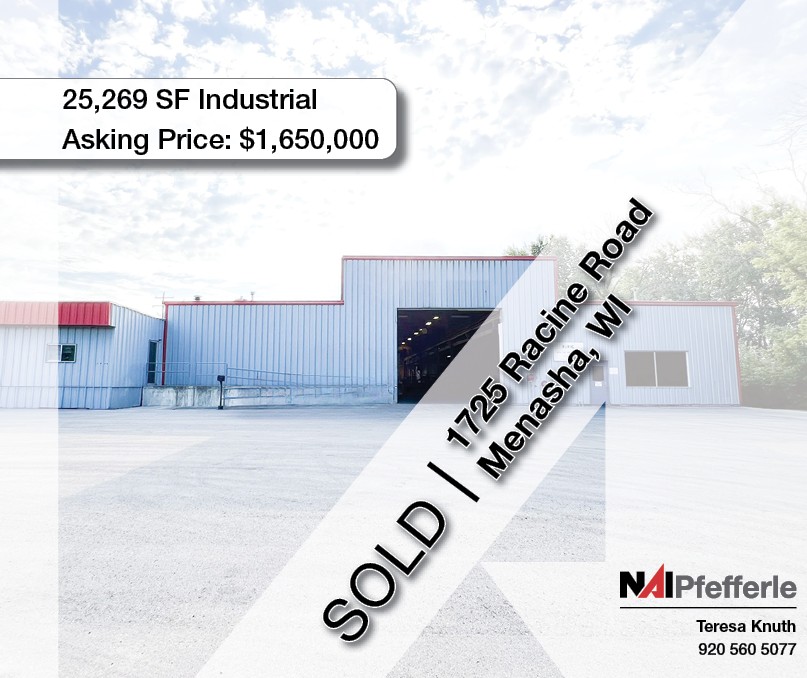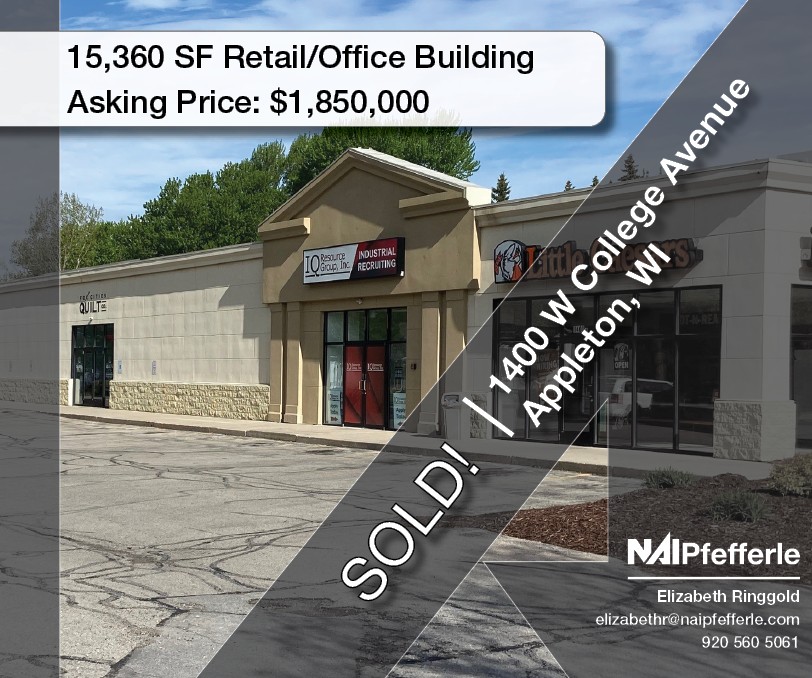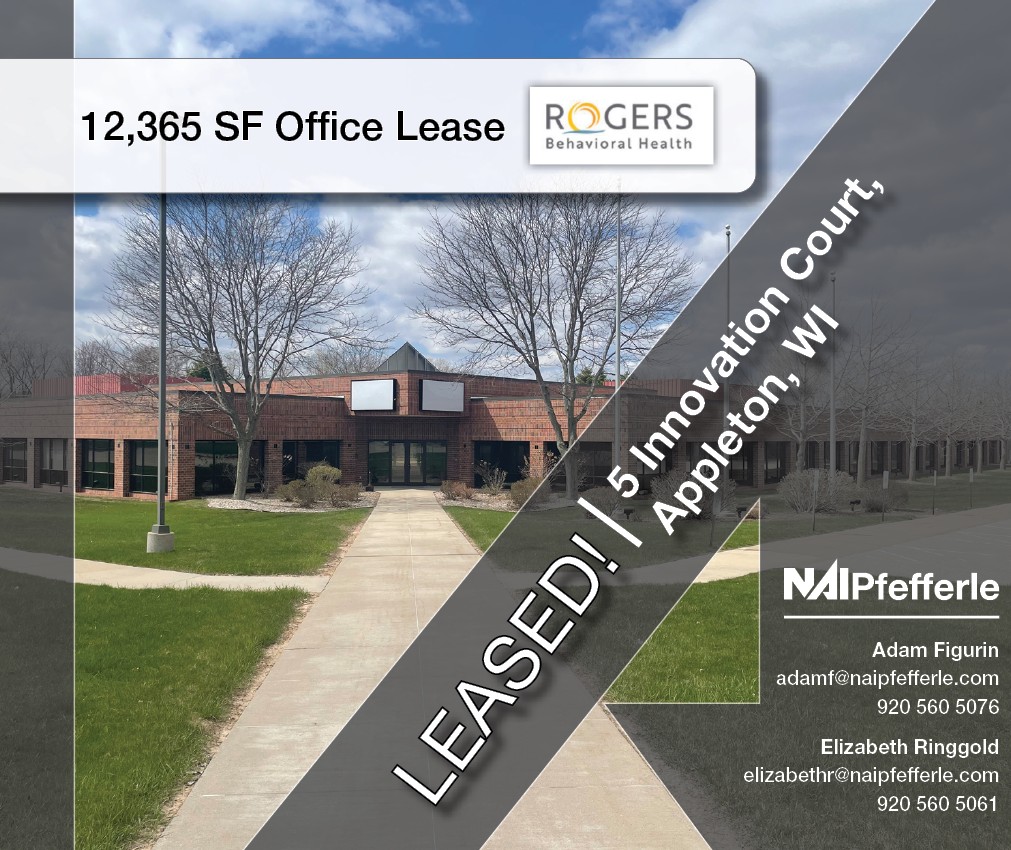After hosting the event virtually the last couple of years, we were excited to welcome 130+ attendees in person to take a dive deep into the commercial real estate industry. Our speakers covered the office, industrial, retail and multifamily markets at a global, national and local level.
Summary:
- Office: There is ongoing concern about the decrease in demand for office space due to remote and hybrid work trends. At the same time, we’re continuing to see a “flight for quality” trend, with office users looking for newer/more modern space to make the office more appealing, comfortable and relevant as employees return. Factors such as company culture, collaboration and employee engagement remain priorities for businesses, especially as retaining and attracting talent remains a challenge. The repurposing of office space into other uses, such as multifamily and mixed-use, will play an important role as long as local zoning regulations are flexible enough and developers can find enough value for their increasing costs.
- Industrial: Demand for industrial space has remained steady around the region and state, although it’s cooling a bit in other U.S. markets. Local industrial vacancy rates are still at a record-low (1% to 3%) in Central and Northeast Wisconsin, which makes it challenging for local companies to find existing space to manufacture, assemble or store product. The recent increase in new speculative industrial development in the Appleton/Green Bay area, as well as other second generation properties entering the market statewide, has allowed our brokerage team to match tenants with available space. Higher interest rates and construction costs are definitely impacting new development in the near future.
- Retail: The retail sector is holding up well around the country, supported by limited new supply and aggressive pace of demolitions/conversions. After a record-setting pace in 2020 with more than 12,000 announced, national store closures declined notably in 2021 and 2022. More retail stores opened than closed last year for the first time since 1995. Retail footprints are smaller than before, so the redevelopment and subdividing of former “big box” space will continue to help backfill vacant space with a variety of in-demand uses. Retailers continuing to drive store openings around the U.S. include dollar stores, discount clothing stores, fitness centers & other experiential retailers, automotive parts/service, hardware stores, quick-service restaurants and cellular retailers.
- Multifamily: National apartment demand has cooled while new supply continues to hit the market, which is causing rent growth to slow sharply across the country (2.2% this year vs. 11% last year). Apartment rents in the Midwest are actually holding up better than larger markets given the region’s household income relative to its cost of living. There are approximately 1,000,000 multifamily units under construction in the U.S., with more than 500,000 expected to come online in 2023, a historic high. Locally, the total number of MF units currently under construction (approx. 1,100 in the Green Bay-Appleton-Oshkosh area) has leveled off since a record-high in Q32021, when we saw close to 2,500 new units under construction. Multifamily vacancy rates are between 1.5% and 4.5% locally (depending on the property class and market) compared to 7% at the national level.
Below, please find a link to the full presentation from this year’s event. Our firm has access to extensive local and national CRE market data and insights, so feel free to contact us if you have questions about specific markets and opportunities in Wisconsin or around the country.





